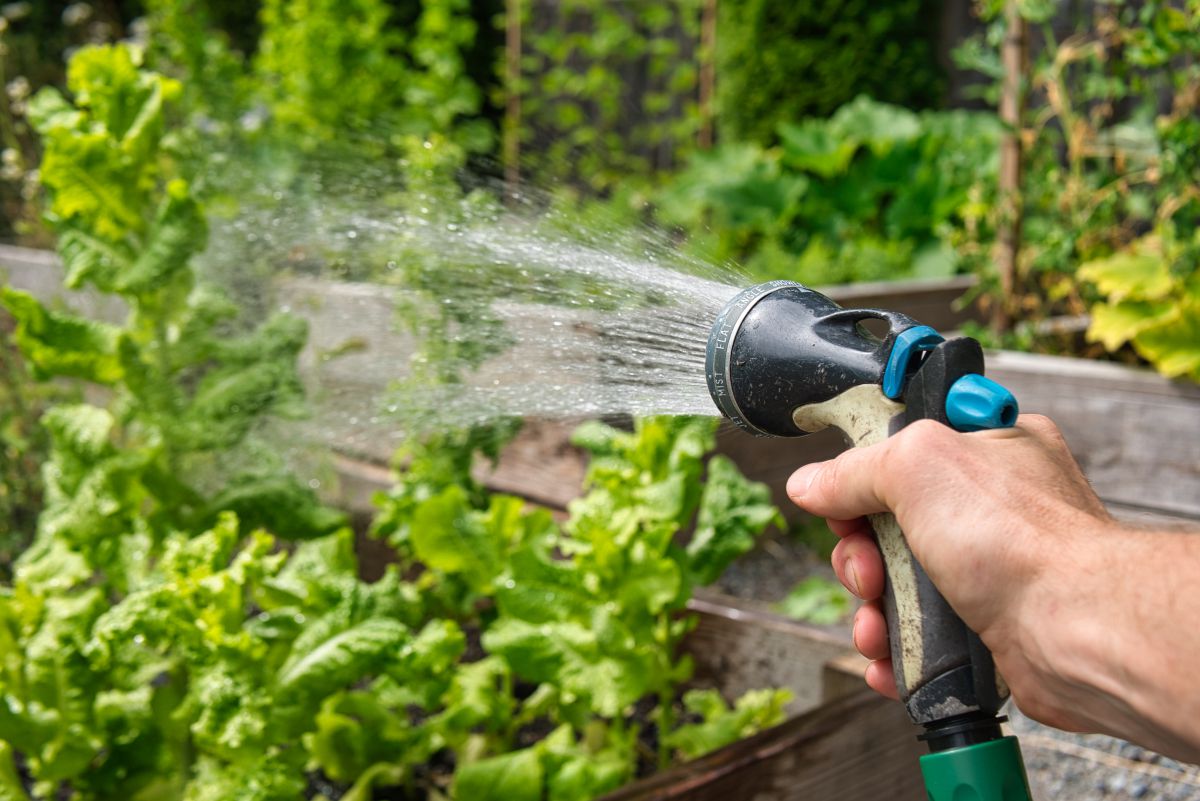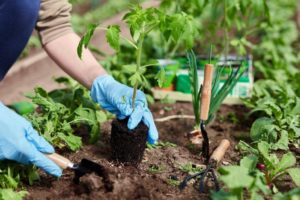Introduction
Embarking on the journey of growing a vegetable garden is a rewarding experience that not only provides fresh and nutritious produce but also fosters a sense of accomplishment. The joy of cultivating your own vegetables from seed to table is unparalleled. In this guide, we will explore essential tips and tricks to help you transform your garden into a bountiful haven of homegrown goodness.
Choosing the Right Location
Before delving into the world of seeds and soil, it’s crucial to select the perfect spot for your vegetable garden. Most vegetables thrive in full sunlight, so choose an area with at least six hours of direct sunlight per day. Additionally, ensure proper soil drainage to prevent waterlogging, as many vegetables dislike standing water.
Selecting the Ideal Vegetables
When deciding which vegetables to grow, consider your climate and the season. Beginners might find success with easy-to-grow options like tomatoes, carrots, and lettuce. Research the specific needs of each vegetable and choose varieties that align with your local weather conditions.
Planning and Designing Your Garden
The layout of your garden plays a vital role in its success. Plan for sufficient spacing between plants to allow for optimal growth and airflow. Experiment with companion planting to maximize the benefits of intercropping, such as deterring pests and enhancing flavor.
Soil Preparation
Testing your soil’s pH and fertility is a critical first step. Most vegetables prefer slightly acidic to neutral soil. Enhance fertility by incorporating organic matter like compost or well-rotted manure. Well-prepared soil sets the foundation for a thriving garden.
Proper Planting Techniques
Whether you choose to start from seeds or seedlings, understanding proper planting depth and spacing is essential. Some vegetables, like carrots, are best sown directly into the ground, while others, like tomatoes, benefit from a head start indoors.
Watering Strategies
Consistent watering is key to a successful vegetable garden. Invest in a soaker hose or drip irrigation system to provide a steady supply of moisture to the roots. Water early in the morning or late in the evening to reduce evaporation.
Weed Control Methods
Keep weeds at bay by using natural methods such as mulching. Mulch not only suppresses weed growth but also helps retain soil moisture. Avoid chemical herbicides to maintain a healthy and eco-friendly garden.
Fertilizing for Success
Understanding the nutrient requirements of your vegetables is crucial. Organic fertilizers, such as compost and fish emulsion, provide a slow release of nutrients. If opting for synthetic fertilizers, follow recommended application rates to avoid overfeeding.
Pest Management
Identifying common pests early is essential for effective management. Encourage natural predators like ladybugs and spiders, and consider companion planting with pest-repelling herbs. Neem oil and garlic spray are natural alternatives to chemical pesticides.
Pruning and Staking
Pruning encourages air circulation and reduces the risk of diseases. Stake tall or vining plants like tomatoes and beans to prevent breakage and optimize space. A well-supported garden ensures healthier plants and a more abundant harvest.
Harvesting at the Right Time
Knowing when to harvest is crucial for the best flavor and nutritional content. Each vegetable has its own set of indicators, from color changes to firmness. Harvest regularly to encourage continuous production.
Dealing with Common Issues
No garden is without challenges. Be vigilant in identifying and addressing common issues, such as nutrient deficiencies, pests, and diseases. Early intervention is key to preventing widespread problems.
Celebrating Success and Learning from Failures
Celebrate your victories, no matter how small, and learn from your failures. Gardening is a continuous learning process. Use setbacks as opportunities to refine your skills and enhance your garden’s overall health.
Conclusion
Embarking on the journey to grow a bountiful vegetable garden is a fulfilling endeavor that connects you with nature and the food on your plate. By following these tips and tricks, you’ll be well on your way to cultivating a thriving garden that provides fresh, flavorful produce for your table.
Frequently Asked Questions
- How much sunlight do vegetables need to thrive?
- Most vegetables require at least six hours of direct sunlight per day.
- What are some easy-to-grow vegetables for beginners?
- Beginners can start with tomatoes, carrots, lettuce, and radishes.
- Is synthetic fertilizer necessary for a vegetable garden?
- While synthetic fertilizer can be used, organic alternatives like compost are preferable for long-term soil health.
- How do I identify and control common garden pests?
- Keep an eye out for signs of pests, and consider natural solutions like neem oil or introducing beneficial insects.
- Why is mulching important in a vegetable garden?
- Mulching suppresses weed growth, retains soil moisture, and regulates soil temperature.



